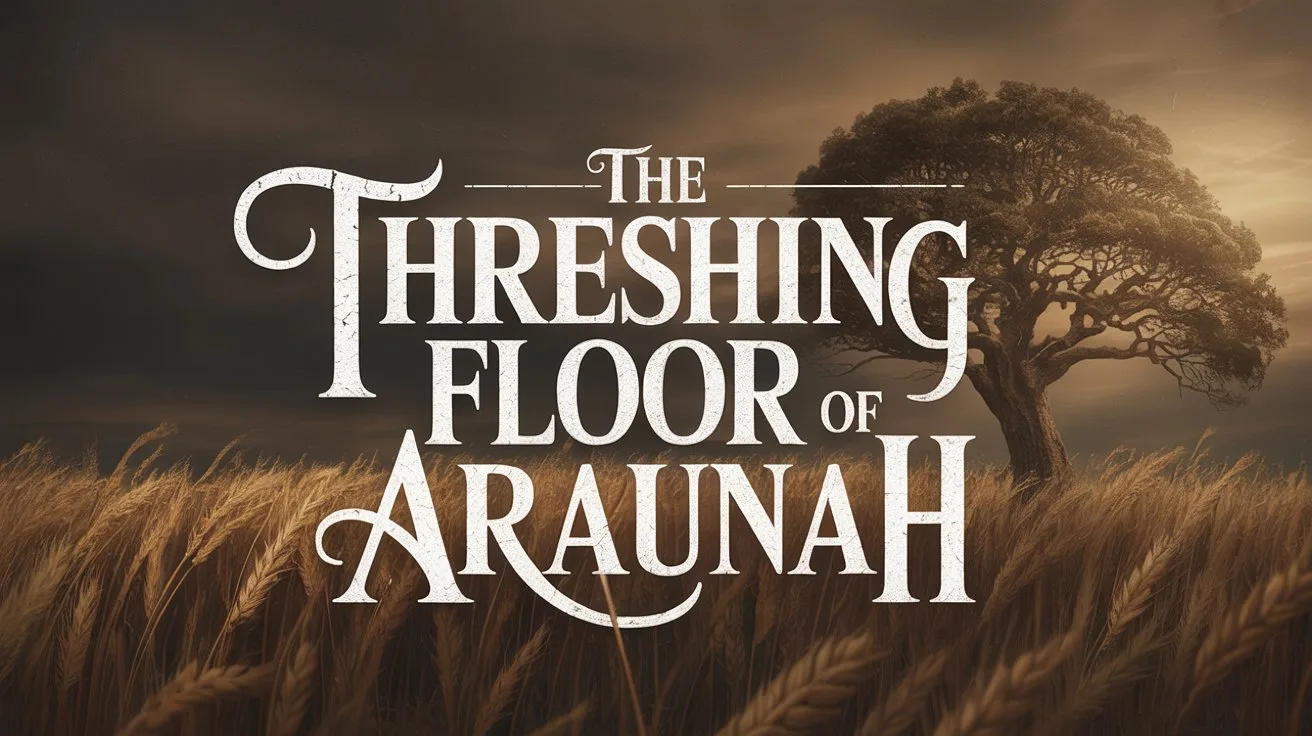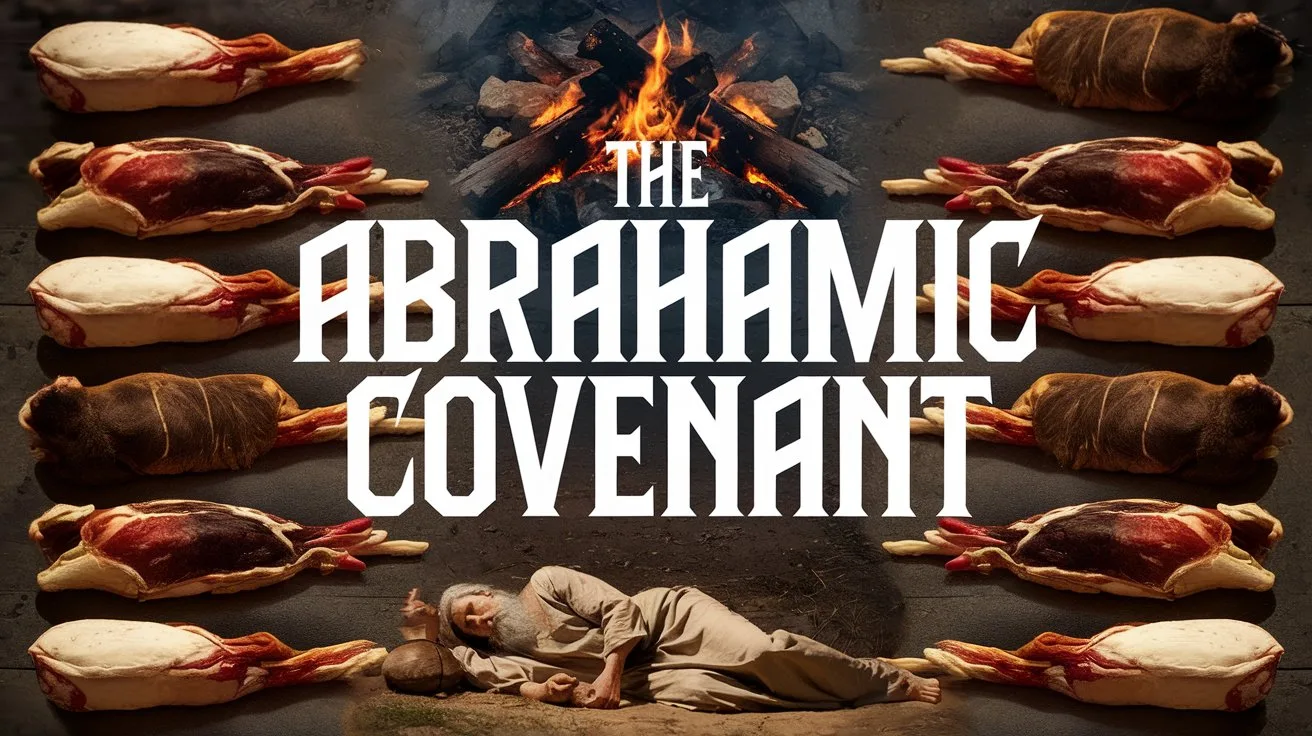God created the tree of the knowledge of good and evil to give man a real choice: an opportunity to obey or disobey. This tree was not evil in itself. It was a test of loyalty and love, placed in the garden to confirm man’s free will and moral responsibility. Without a command and the possibility of disobedience, obedience would be meaningless.
The command is given in Genesis:
“And the Lord God commanded the man, saying, ‘Of every tree of the garden you may freely eat; but of the tree of the knowledge of good and evil you shall not eat, for in the day that you eat of it you shall surely die.’”
(Genesis 2:16–17)
This restriction was not harsh. Adam and Eve had access to every other tree, including the tree of life. The one prohibition established God’s authority and allowed for true relationship, one that is chosen, not forced.
The tree’s name reflects its role in introducing the experiential knowledge of sin. Before eating, Adam and Eve knew only good. After eating, they came to know evil by personal participation, bringing guilt and death into the world:
“Then the eyes of both of them were opened, and they knew that they were naked…”
(Genesis 3:7)
God did not set them up to fail. He created them innocent, gave them everything they needed, and warned them clearly. But He also allowed them the freedom to choose, because love without freedom is not real love.
The tree’s presence also points to Christ. Where the first Adam failed by a tree, the last Adam, Jesus Christ, triumphed by bearing our sin on the tree (the cross):
“Who Himself bore our sins in His own body on the tree, that we, having died to sins, might live for righteousness…”
(1 Peter 2:24)
God’s plan from the beginning included redemption. The tree in Eden ultimately served to reveal man’s need for a Savior and God’s plan to provide one.







